Table of content
Siu mai, those delicate, open-faced dumplings brimming with seasoned pork, shrimp, and aromatic spices, are a cornerstone of dim sum culture and a beloved dish across the globe. Their convenience in frozen form has made them a staple in freezers worldwide, offering a quick meal or appetizer with minimal preparation. Yet, the simplicity of steaming frozen siu mai belies a common culinary conundrum: How long should they steam to achieve the ideal balance of tender filling and perfectly cooked, translucent wrapper? This article delves into the science, techniques, and nuances of steaming frozen siu mai to perfection, ensuring your next batch is a triumph of flavor and texture.
The Anatomy of Siu Mai: Understanding the Basics
Before diving into cooking times, it’s essential to grasp the structure of siu mai. Traditional recipes typically feature a ground pork and shrimp filling seasoned with soy sauce, rice wine, ginger, and white pepper, encased in a thin, circular wrapper made from wheat starch and tapioca flour. The wrapper’s thinness allows steam to penetrate rapidly, cooking the filling without turning the dough gummy. However, freezing alters the dumpling’s properties—ice crystals form, the wrapper becomes slightly brittle, and the filling’s moisture content may shift. These factors necessitate a precise steaming approach to revive the dumpling’s original texture.
Why Steaming Time Matters: The Delicate Balance
Steaming is a gentle cooking method that relies on hot, moist air to cook food evenly. For frozen siu mai, the goal is to:
- Thaw the filling and wrapper uniformly without overcooking the exterior.
- Activate the starch in the wrapper to restore its chewy yet tender consistency.
- Ensure the filling reaches a safe internal temperature (at least 165°F or 74°C for pork) while retaining moisture.
Rushing the process results in undercooked centers, cold spots, and wrappers that remain doughy or tear. Oversteaming, conversely, leads to shriveled, tough wrappers and dry, overcooked filling. Achieving the sweet spot requires patience, the right tools, and an understanding of variables like dumpling size, steamer type, and freezer storage conditions.
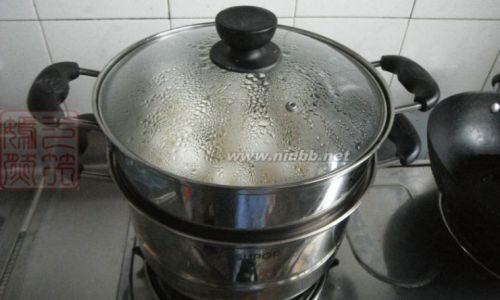
Factors Influencing Steaming Time
No two batches of frozen siu mai are identical. Here’s what affects cooking time:
-
Size and Thickness:
- Mini siu mai (1–1.5 inches in diameter) may cook in 8–10 minutes.
- Standard-sized dumplings (1.5–2 inches) typically require 10–12 minutes.
- Jumbo or thickly wrapped variants need 12–15 minutes.
-
Wrapper Thickness:
Thicker wrappers (common in homemade or artisanal varieties) insulate the filling, demanding longer steaming. -
Freezer Storage:
- Newly frozen dumplings (stored ≤1 month) cook faster than older ones, as ice crystal formation is minimal.
- Dumplings with freezer burn or excessive ice coating may require 1–2 extra minutes.
-
Steamer Equipment:
- Bamboo steamers: Retain heat well but may need preheating.
- Electric steamers: Offer consistent temperature control.
- Metal steamers: Conduct heat aggressively, risking overcooking if not monitored.
-
Altitude:
At high elevations, lower boiling points reduce steam temperature, extending cooking time by 1–2 minutes.
Step-by-Step Guide to Steaming Frozen Siu Mai
Preparation: The Foundation of Success
-
Thawing (Optional but Recommended):
While steaming directly from frozen is possible, a 10–15-minute thaw at room temperature reduces cooking time and ensures even heating. Avoid microwaving to thaw, as this can partially cook the wrapper. -
Steamer Setup:
Fill the steamer’s water reservoir with cold water (hot water can shock the dumplings, causing wrapper cracking). Line the steamer basket with parchment paper or cabbage leaves to prevent sticking.
Arranging the Dumplings
- Space dumplings ½–1 inch apart to allow steam circulation. Overcrowding leads to uneven cooking.
- For bamboo steamers, use a heatproof plate instead of direct placement to avoid scorching.
Steaming Process
- Bring water to a rolling boil before placing the steamer basket on top.
- Cover immediately to trap steam.
- Set a timer based on dumpling size (see guidelines below).
Timing Guidelines
- Mini Siu Mai (1–1.5 inches): 8–10 minutes.
- Standard Siu Mai (1.5–2 inches): 10–12 minutes.
- Jumbo Siu Mai (2+ inches): 12–15 minutes.
Pro Tip: For frozen dumplings with thick wrappers or dense fillings, add 2 minutes to the upper end of the range.
Testing for Doneness
- Visual Cues: Wrappers should appear glossy and translucent, with no opaque white patches.
- Touch Test: Gently press a dumpling; the wrapper should bounce back slightly.
- Internal Temperature: Insert a meat thermometer into the center—it should read 165°F (74°C).
Resting Period
After steaming, let the dumplings rest for 1–2 minutes off the heat. This allows residual moisture to redistribute, preventing sogginess.
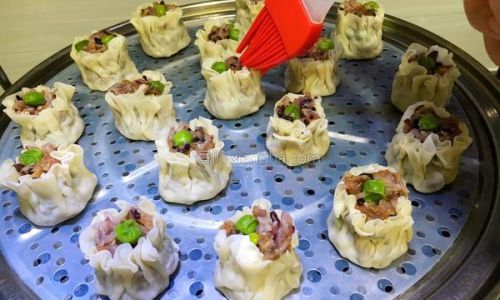
Common Mistakes and How to Avoid Them
-
Lifting the Lid Too Often:
Each time you peek, steam escapes, dropping the temperature and prolonging cooking. Use a timer and trust the process. -
Using Cold Water:
Starting with hot water shocks the dumplings, leading to uneven cooking. Always begin with cold water. -
Skipping the Liner:
Direct contact with the steamer basket can tear delicate wrappers. Use parchment or cabbage leaves. -
Oversteaming:
Err on the side of caution—it’s easier to add 1 minute than rescue overcooked dumplings.
Advanced Techniques for Perfect Siu Mai
-
Double-Steaming Method:
Steam frozen dumplings for 50% of the recommended time, remove, and let cool briefly. Steam again for the remaining time. This “resets” the cooking process, ensuring even heating. -
Flavor Infusion:
Add aromatics like ginger slices, green onions, or pandan leaves to the steaming water for subtle flavor enhancement. -
Crispy Base Hack:
After steaming, pan-fry the dumplings in a nonstick skillet with a touch of oil for a golden, crispy bottom—a technique known as “potstickers 2.0.”
Serving Suggestions and Pairings
-
Dipping Sauces:
- Classic: Soy sauce, rice vinegar, and chili oil.
- Modern: Black vinegar with minced garlic and sesame oil.
-
Accompaniments:
- Pickled vegetables (daikon, carrots).
- Steamed jasmine rice or congee.
- Fresh herbs (cilantro, Thai basil).
-
Beverage Pairings:
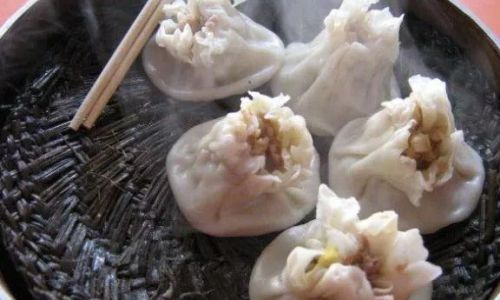
- Jasmine tea (to cleanse the palate).
- Light beer or sake (for contrast).
Storage and Reheating Tips
-
Uncooked Frozen Siu Mai:
Store in airtight containers for up to 3 months. Avoid thawing and refreezing. -
Leftover Cooked Siu Mai:
Refrigerate for up to 3 days. Reheat in a steamer for 3–4 minutes or microwave with a damp paper towel.
FAQs: Your Burning Questions Answered
Q: Can I steam frozen siu mai in a microwave?
A: While possible, microwaves cook unevenly and risk rubbery textures. Use a microwave-safe dish with a lid, add 2 tablespoons of water, and cook on 50% power in 1-minute intervals.
Q: How do I adjust time for a large batch?
A: Add 1–2 minutes per additional layer, but avoid stacking more than two baskets high.
Q: My wrappers turned gummy. What went wrong?
A: Oversteaming or low-quality wrappers. Opt for thinner wrappers and stick to the recommended times.
Q: Can I steam siu mai from partially thawed?
A: Yes, but reduce time by 1–2 minutes to prevent overcooking.
Conclusion: The Pursuit of Perfection
Steaming frozen siu mai to perfection is an exercise in precision and patience. By understanding the interplay of size, equipment, and freezer history, you can transform a humble frozen packet into a restaurant-worthy dish. Remember: the key lies in balance—not rushing the process, trusting your senses, and embracing the subtle art of steam. Whether you’re hosting a dim sum brunch or craving a midnight snack, mastering this technique ensures your siu mai will always steal the show. So fire up the steamer, set your timer, and savor the rewards of culinary craftsmanship.
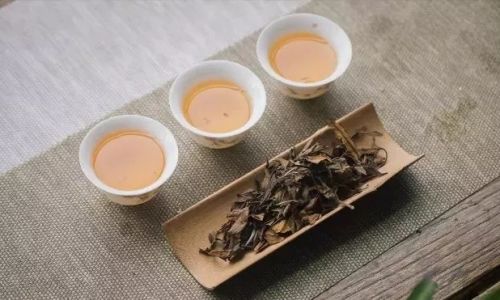


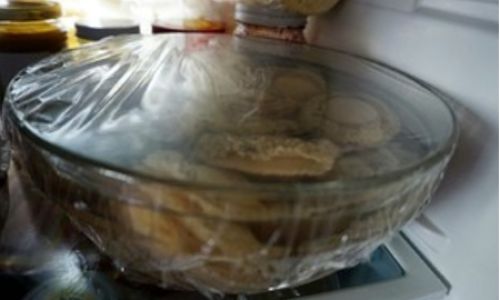
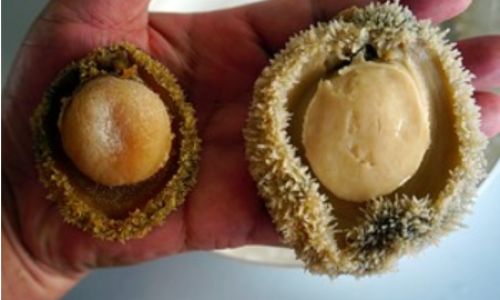
0 comments